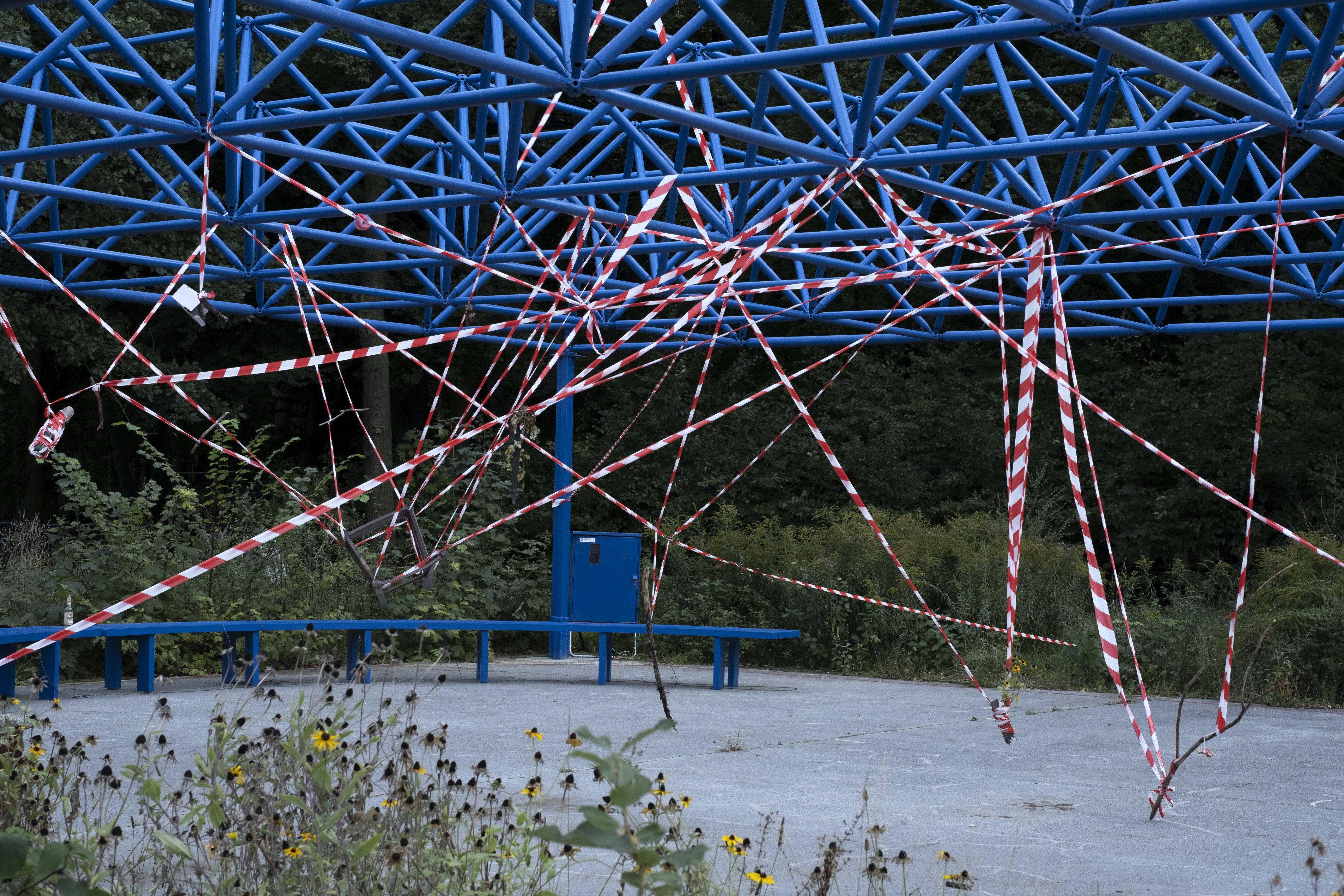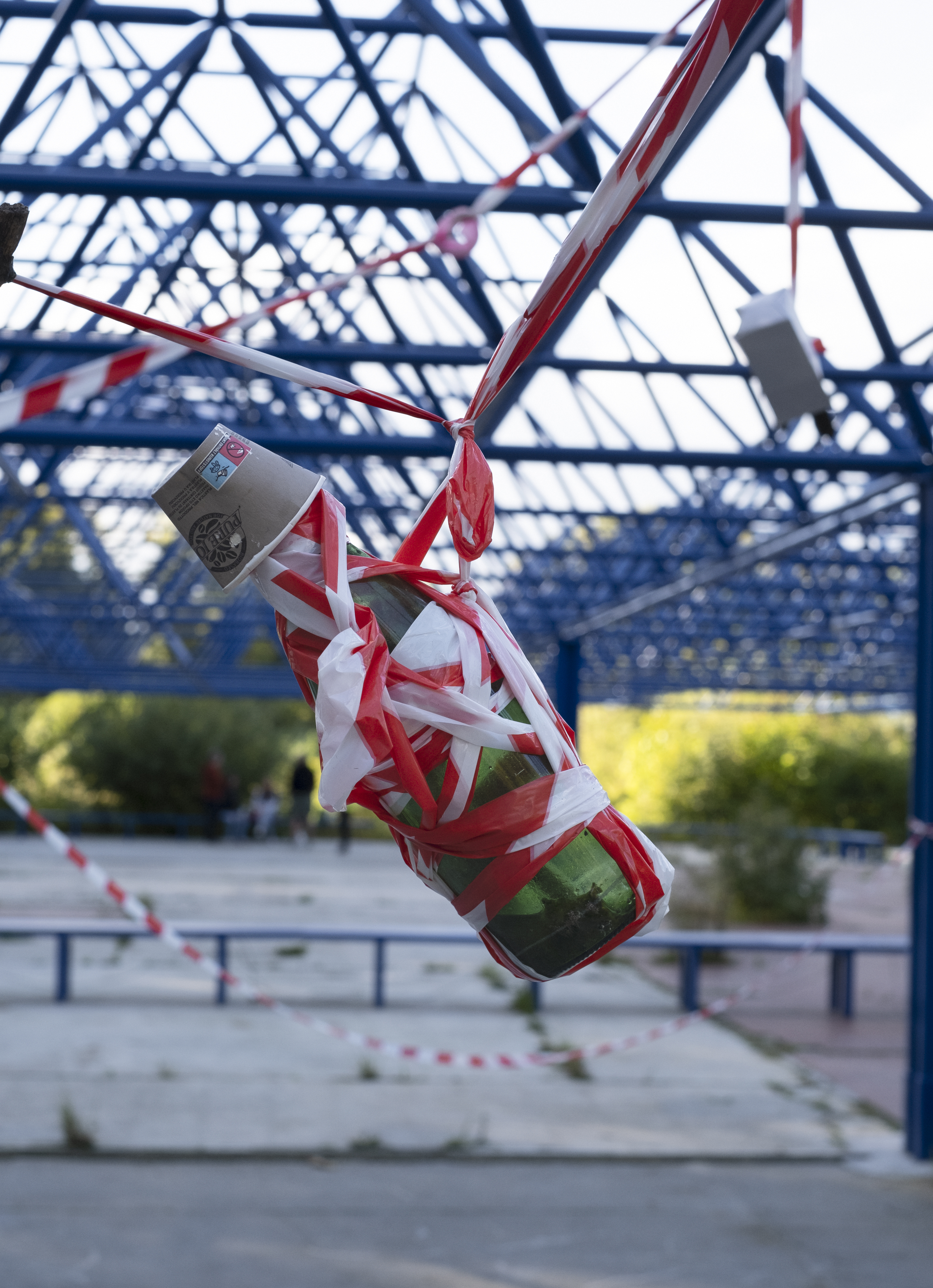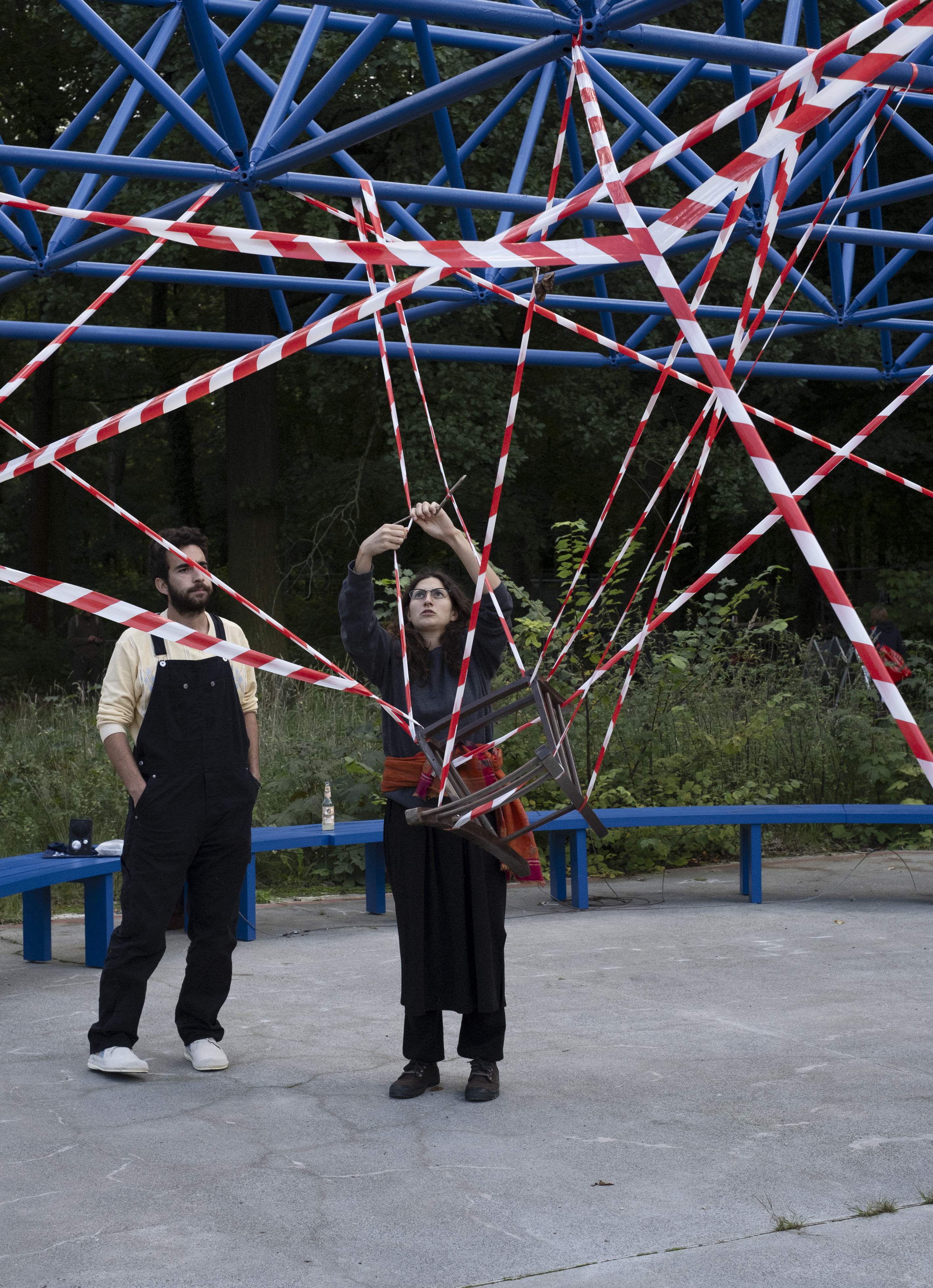Wild Design is an artistic research framework attentive to circumstances prevalence in human-environment relationships. It provokes through today’s polemic associations to the word “wild” and the presupposed definitions of “design” to think about the environment beyond naturalistic terms and to recognize decentralized forms of human agency — finding in the interface between ecology and cybernetics a ground to trouble and mend the environmentalist discussions of our times. Gambiarra and different examples of neotropical small scale food production systems, namely creole gardens and quilombola horticultures, support the research with models of open, process-oriented and complex networks emerging from feedback between humans and environment. A politics of responsibility is drafted from noise-information relationships based on undecidability and engagement. The research invites the imagination of media and generative arts beyond a technocratic paradigm.
Published articles:
Wild Design: Delving into Circumstances Prevalence with Gambiarra and Gardening,
xCoAx 2023 11th Conference on Computation, Communication, Aesthetics & X
DOI 10.34626/xcoax.2023.11th.138
Wild Design: Gambiarra, Complexity and Responsibility, Environment, Space, Place Volume 15, Number 1, 2023, University of Minnesota Press, pp. 88-115 DOI 10.1353/spc.2023.a903428
Published articles:
Wild Design: Delving into Circumstances Prevalence with Gambiarra and Gardening,
xCoAx 2023 11th Conference on Computation, Communication, Aesthetics & X
DOI 10.34626/xcoax.2023.11th.138
Wild Design: Gambiarra, Complexity and Responsibility, Environment, Space, Place Volume 15, Number 1, 2023, University of Minnesota Press, pp. 88-115 DOI 10.1353/spc.2023.a903428

Wild Design performative workshop during the Planetary Listening series at the Mero Halle in the Spreepark. Image credits: Piotr Pietrus







Wild Design performative workshop during the Planetary Listening series at the Mero Halle in the Spreepark. Image credits: Piotr Pietrus